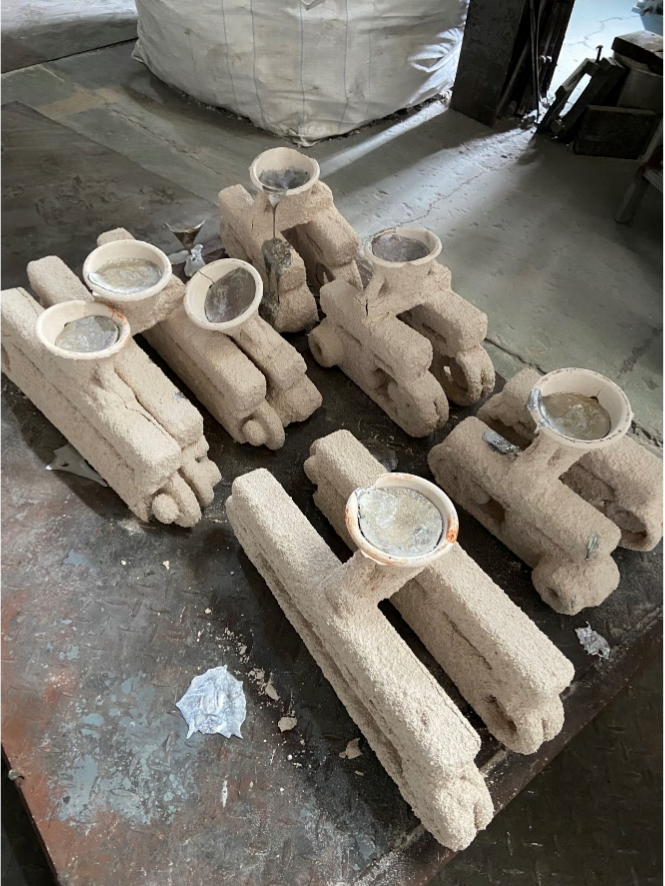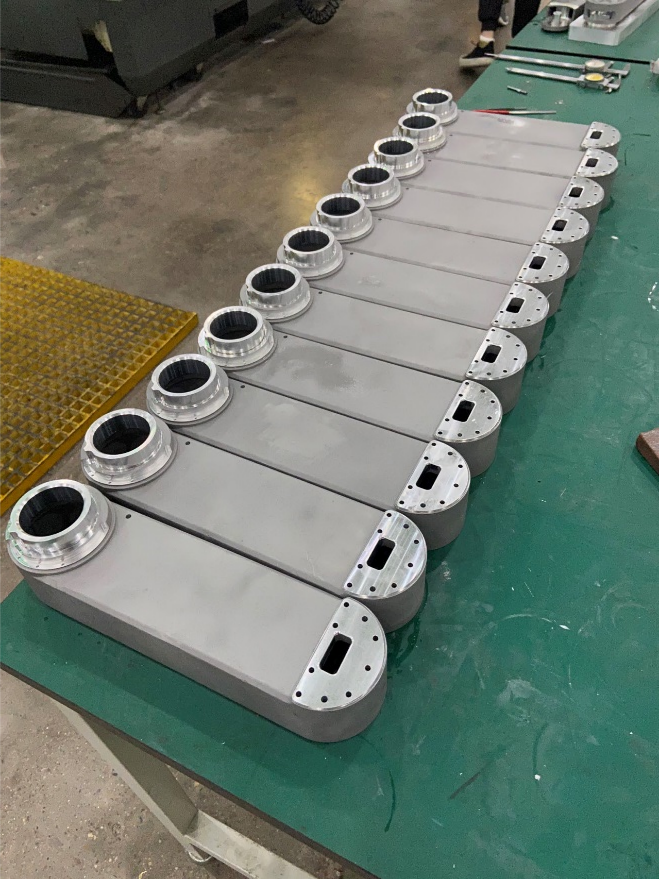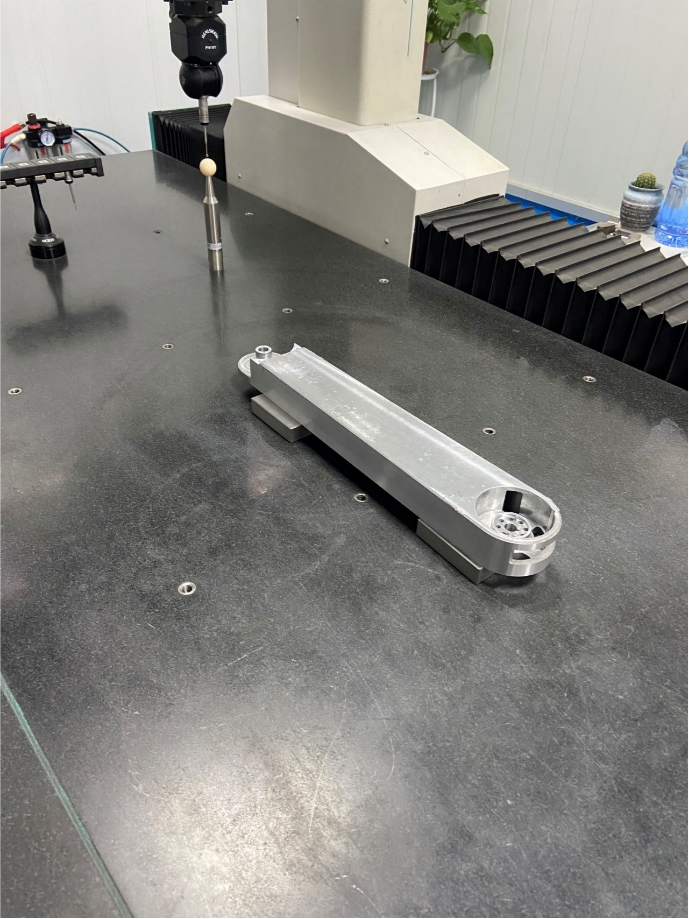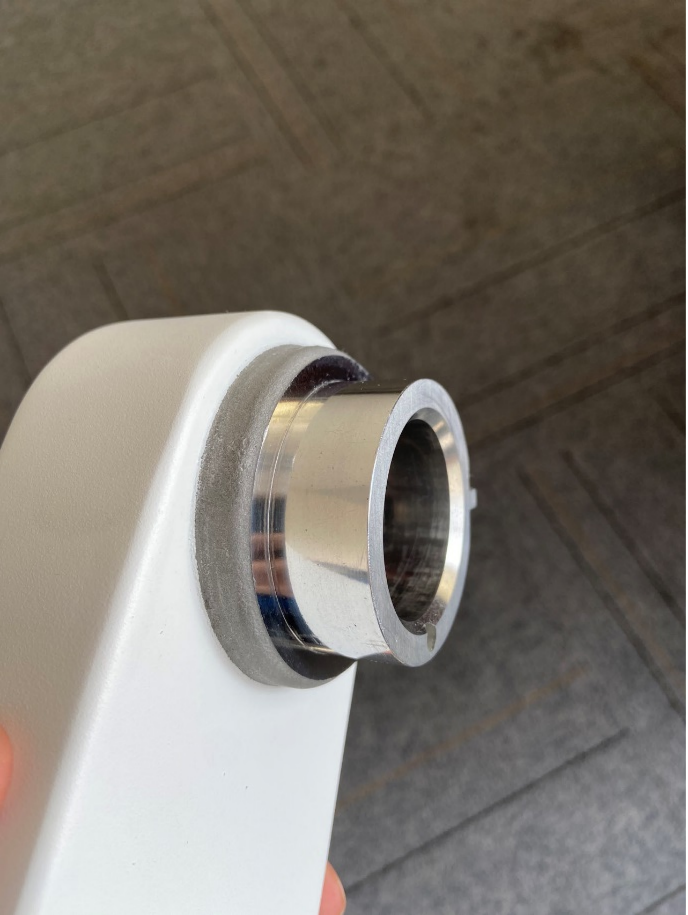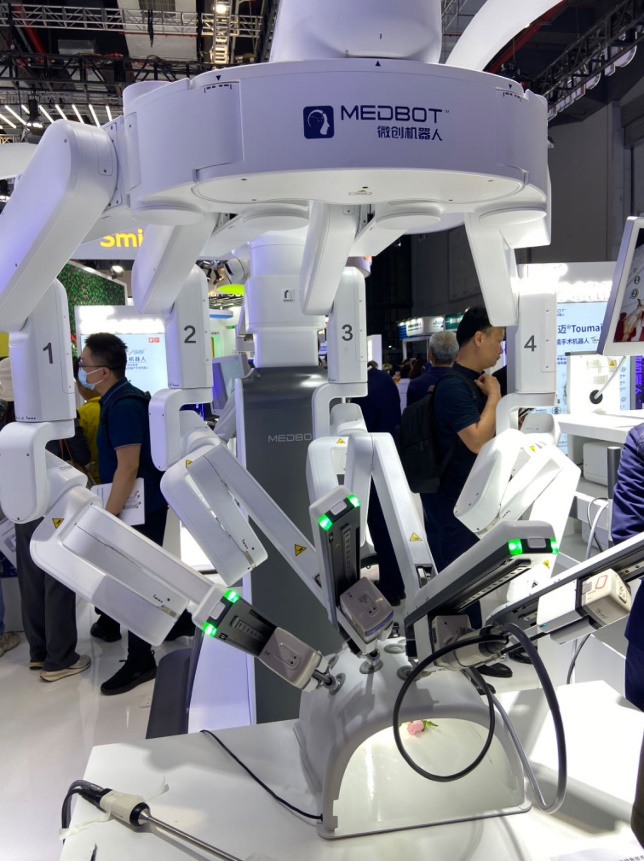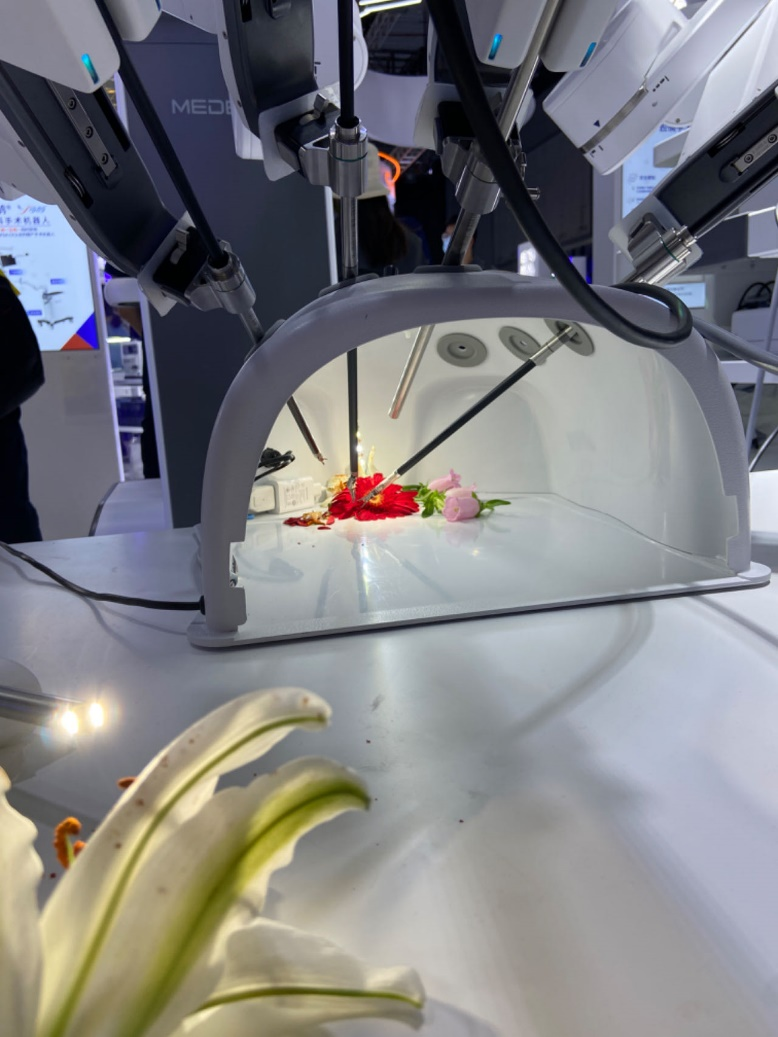Medical robots
Medical robots refer to robots used for medical treatment or auxiliary medical treatment in hospitals and clinics. It is an intelligent service robot, which can independently program the operation plan, determine the action program according to the actual situation, and then turn the action into the movement of the operating mechanism. The advantages of medical robots are obvious: it can break through the limitations of the human eye and enlarge the surgical field of vision dozens of times; it can break through the limitations of human hands, operate in multiple dimensions, and prevent possible shaking of doctors' hands; it has small wounds, less bleeding, and faster recovery.

The world's first medical robot is the DaVinci medical robot under Intuitive Surgical of the United States. Since its launch in 2000, more than 3,600 machines have been installed worldwide. According to data from relevant statistical agencies, the scale of global medical robots will exceed 20 billion US dollars in 2021; by 2025, the scale of China's medical robot market will reach more than 10 billion yuan. Dozens of domestic medical robot companies have completed one or more rounds of financing. There are about 20 to 30 domestic companies in the entire track, and the competition is fierce. Our clients have a number of listed companies with more than 500 listed products, covering cardiovascular and structural heart disease, electrophysiology and cardiac rhythm management system, bone and soft tissue repair technology, aortic and peripheral vascular disease, cerebrovascular and neuromodulation Science, surgical emergency and critical care and robotics, endocrine management and assisted reproduction, urology and gynecology, digestive and respiratory diseases, ear, nose, mouth, eye and body plastic surgery, in vitro diagnosis and in vitro and in vivo imaging, in vivo solid tumor treatment technology, insomnia, depression and rehabilitation medicine Twelve major business clusters.
We have been in contact with customers about medical robot-related products many years ago, helping customers to make prototypes for R&D products. In 2020, considering the cost issue after the final mass production, the customer began to consider the feasibility of testing the process in the proofing stage. The customer knows that we have rich manufacturing experience in rapid casting, and the customer finds us to discuss the casting of a batch of thin-walled products. We also quickly analyzed the feasibility of the process and the risk points of manufacturing, and fully discussed the technical plan with the customer, and an order for rapid casting was quickly determined.

